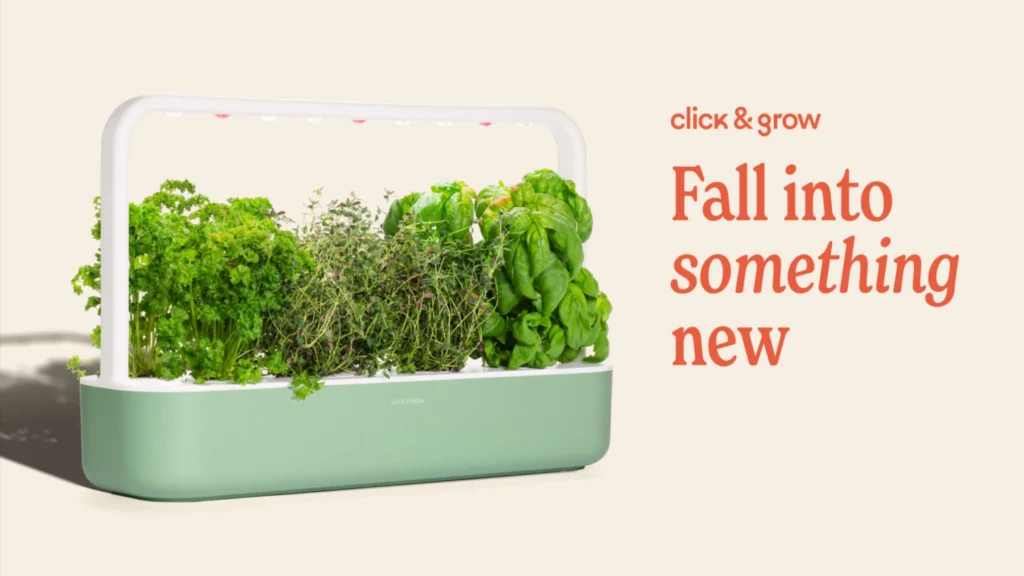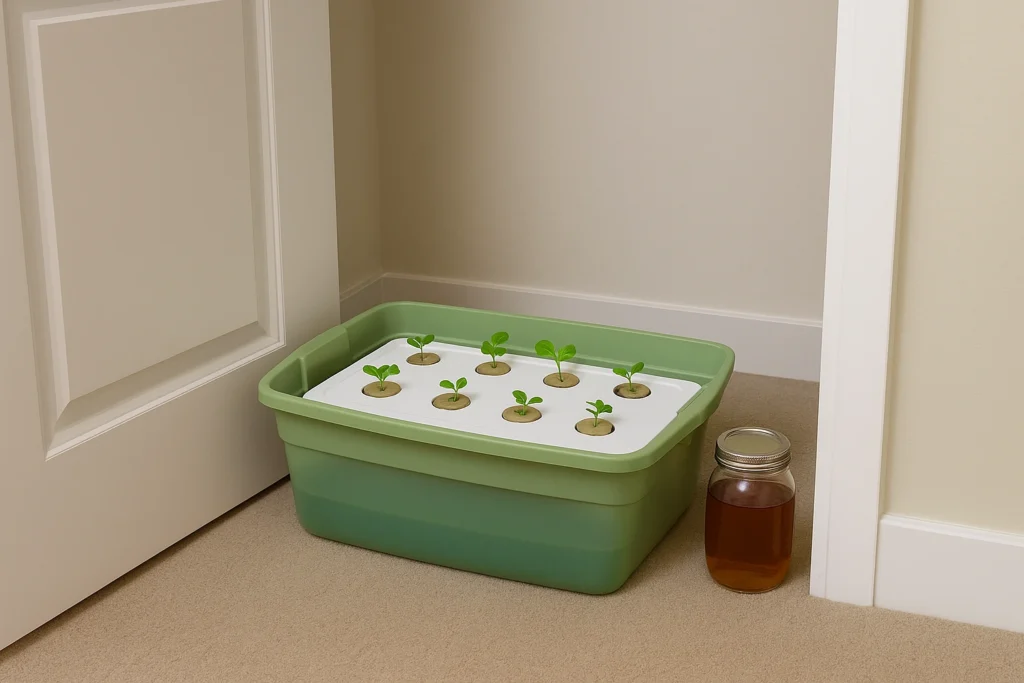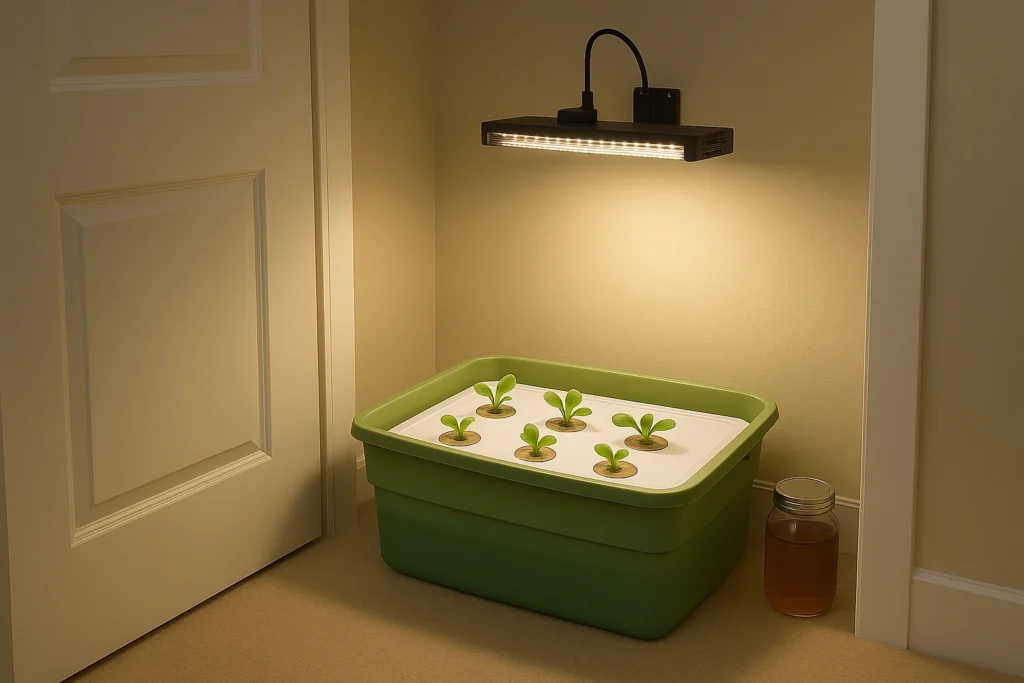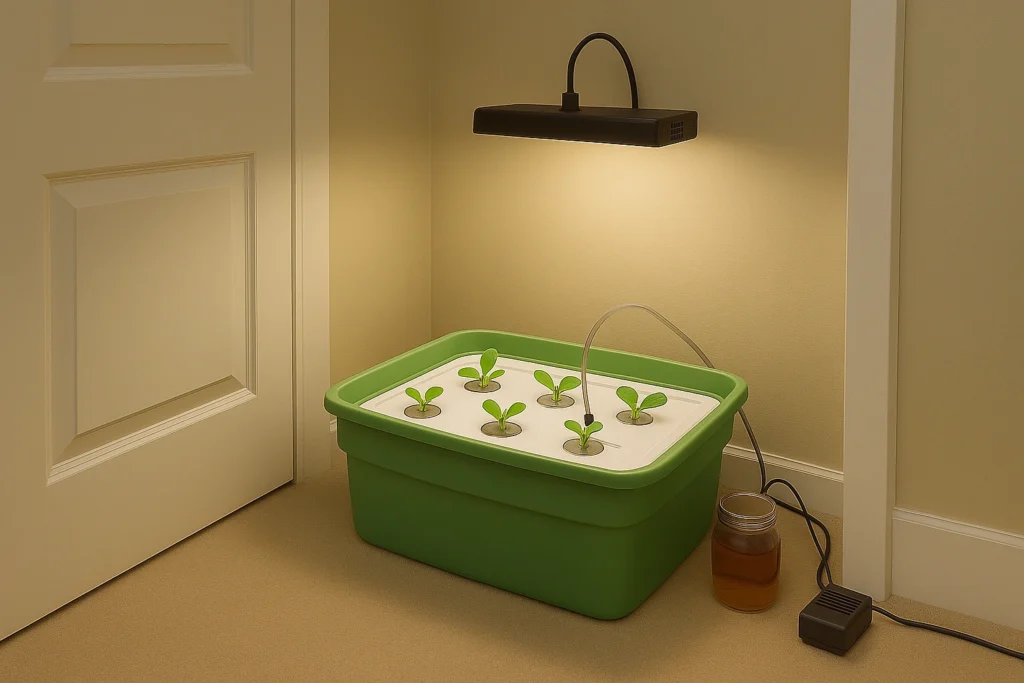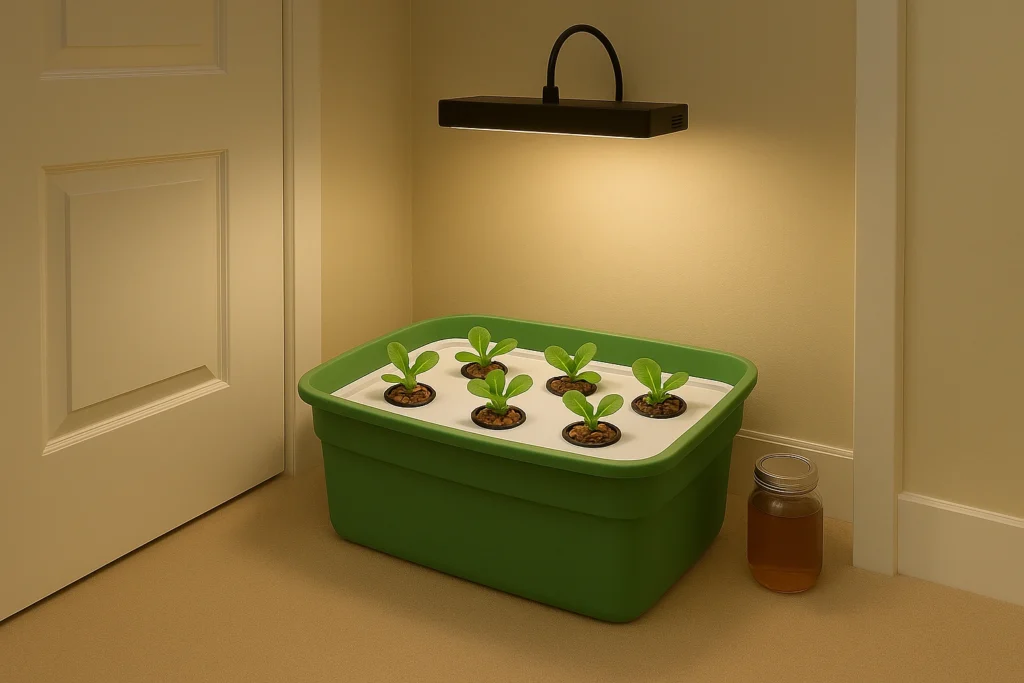How I Set Up an Indoor Hydroponic System in My Closet—and Harvested in 21 Days
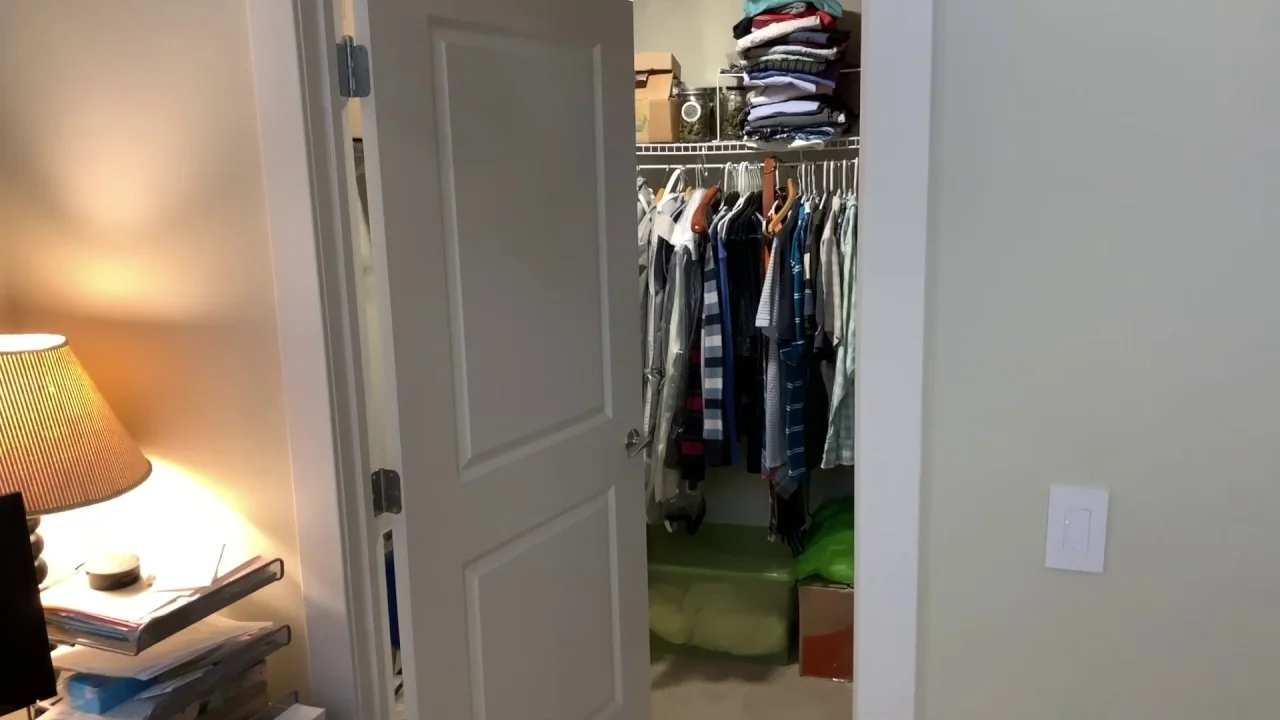
I never imagined my cramped bedroom closet could become a thriving mini greenhouse, but learning how to set up an indoor hydroponic system transformed a dark corner into a verdant oasis—complete with leafy greens ready to harvest in just three weeks. It felt almost too good to be true. Some mornings I caught myself wondering whether it was sheer luck or the precise method that kept everything growing. Either way, the result was undeniable: a bumper crop of lettuce, basil, and even a few cherry tomatoes, all nurtured without soil.
Table of Contents
How to Set Up an Indoor Hydroponic System?
To set up an indoor hydroponic system, you don’t need a professional lab. You need basic tools, a willingness to experiment, and a bit of space—however small. First, I cleared out the closet and installed a narrow shelf unit with drip trays.
A simple grow light hung above, adjustable so I could raise it as plants grew.
A small reservoir tucked beneath held nutrient solution, circulated by a submersible pump. Perhaps surprisingly, I discovered that overengineering isn’t always better.
I tried a fancy timer once and ended up with wilting seedlings after a power glitch. So I reverted to a basic plug-in timer that, ironically, gave me far more consistent results.
Step-by-Step System Setup
- Select your container and reservoir. I repurposed a shallow plastic storage bin for the root zone and a half-gallon jar for nutrients.
- Position your grow light. LED panels offering full spectrum light work well, but even a compact fluorescent bulb can suffice for leafy greens.
- Install a small pump and aerator. I borrowed an aquarium pump to keep oxygen flowing—though some growers say oxygenation doesn’t matter much in small setups. I’m still undecided.
- Mix your nutrient solution according to package instructions, checking pH and EC if possible. I skipped EC testing at first, only to learn that my pH drifted, slowing growth.
- Place seedlings in net pots with inert media—clay pebbles or rock wool—and let gravity or a timer-controlled drip line do the rest.
Tools and Budget Considerations
A common misconception is that an elaborate indoor hydroponic system demands hundreds of dollars. In reality, you can start for under thirty. My total outlay: grow light (≈$15), plastic bins (≈$5), aquarium pump (≈$10), and basic nutrients (≈$8). I won’t pretend it was seamless—my first solution mix was too strong, stunting root development. On the other hand, I once planted basil on a whim with leftover clay pebbles and watched it flourish, suggesting that sometimes improvisation outperforms precision.
Lessons Learned (and Mild Contradictions)
Indoor hydroponic system taught me to embrace imperfection. While some experts insist on precise pH control, I found my system thrived in a pH range of 5.8–6.4. Official guides warn against letting a pump run dry, but a brief power interruption merely slowed circulation without killing my plants. These inconsistencies hint that hydroponic success often lies somewhere between the rulebook and real-world adaptability.
For a comprehensive overview of sustainable hydroponic techniques, see Hydroponics: Current Trends in Sustainable Crop Production.
Troubleshooting Tips
If leaves yellow, check your nutrient strength—both too low and too high can cause similar symptoms. Algae growth in your reservoir can be tamed by covering the tank or adding a small amount of hydrogen peroxide, though some gardeners say a little algae isn’t harmful. Root rot can strike if drainage is poor; ensure excess solution returns smoothly to the reservoir. And remember: temperature swings matter more in a closet than in a greenhouse, so consider adding a small fan for air circulation if heat builds up.
Related Resources
For those interested in automating your setup, explore Smart Systems / Automation to integrate app-controlled timers and sensors. If you’re tight on space, see Hydroponics in Small Spaces for tailored advice on balconies and window sills. And when you’re ready to choose what to grow next, check out Best Plants to Grow Indoors to match crops with your home environment.
Next Steps
This closet experiment is just one chapter in your hydroponic journey. For a comprehensive overview of all system types, troubleshooting, and advanced techniques, check Hydroponics at Home. There you’ll find detailed guides on everything from nutrient film techniques to vertical towers. Whether you’re a curious beginner or an experienced grower, combining DIY hydroponics with a solid at-home framework will keep your plants—and your curiosity—flourishing.

